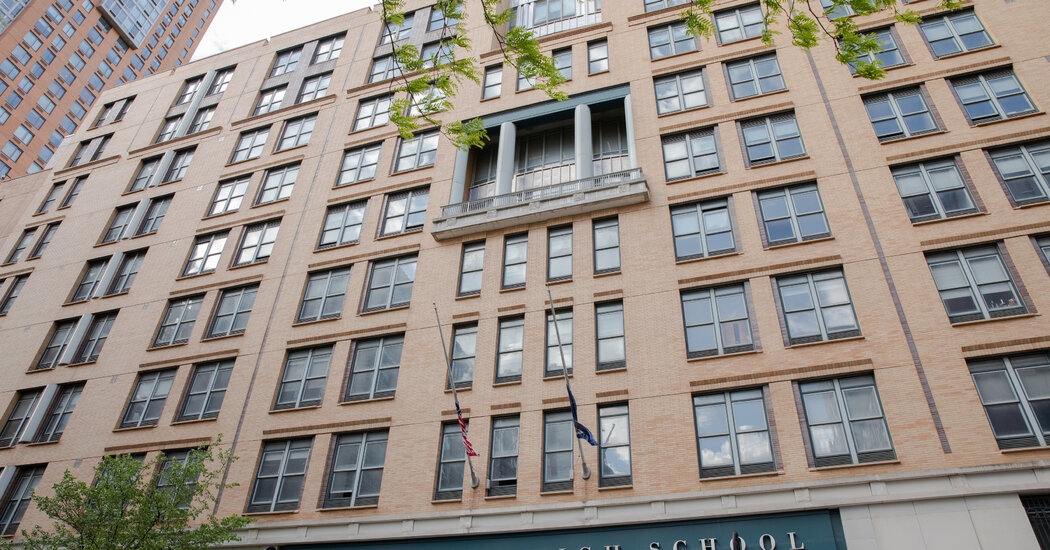Why It Matters: Elite high schools symbolize success and segregation.
New York’s specialized schools educate about 5 percent of the city’s high school students, and it’s unclear whether students receive a measurable academic boost from attending them.
Still, the annual admissions numbers attract considerable attention because the schools are regarded both as crown jewels and symbols of segregation.
Test-based admissions are rare in high schools across the country, and the low numbers have prompted calls for the schools to stop relying on a single entrance exam. About 25,600 eighth graders took the admissions exam last fall, and just over 4,070 were offered spots.
More than 2,100 offers this year went to Asian students. Many come from low-income or immigrant homes, and some Asian parents have argued overhauling admissions would disproportionately penalize their children and hurt disadvantaged teenagers who worked hard to gain entry.
Background: Students at specialized high schools used to be more diverse.
The city’s specialized schools once enrolled incoming classes that were more representative of the broader school system. In 1976, for example, about 14 percent of Stuyvesant pupils were Black and Latino.
Today, the makeup of the test-in schools varies. The Bronx High School of Science made offers to 97 Black and Latino teenagers for its incoming class of 712 freshman this year. But Brooklyn Latin, in Williamsburg, offered spots to 44 Black and 56 Hispanic students — about 20 percent of a class of 508 freshmen.
The racial gaps at the elite schools are a political land mine for New York City mayors.
As Brooklyn borough president, Eric Adams once compared them to “a Jim Crow school system.” But he tempered his stances following backlash from parents, and since becoming mayor, Mr. Adams has not sought to change admissions at the schools.
His predecessor, Bill de Blasio, proposed replacing the entrance exam in 2018 with a system where Black and Latino pupils would have made up more than 40 percent of enrollment, but Asian students would have lost about half their seats. He did little to win parents over before unveiling his plan, and it attracted intense criticism.
The effort ultimately failed.
What’s Next: Not much will change, for now.
No major plans to change specialized high school admissions have emerged in recent years. Any desegregation efforts in New York are likely to be limited to a handful of sections of the city — at least for the foreseeable future.
Beyond the eight flagship schools, public concern about desegregation — in programs like the city’s elementary gifted and talented classes — seems to have flagged.
The schools chancellor, David C. Banks, has said desegregation will not be his priority. He has argued that families should rethink notions of prestige and expand their idea of what it means to attend a “good school” in the first place.
Nevertheless, a major lawsuit over segregation in the city’s selective and gifted programs was allowed to move forward last month, raising the potential that the Adams administration could be forced into the conversation.
